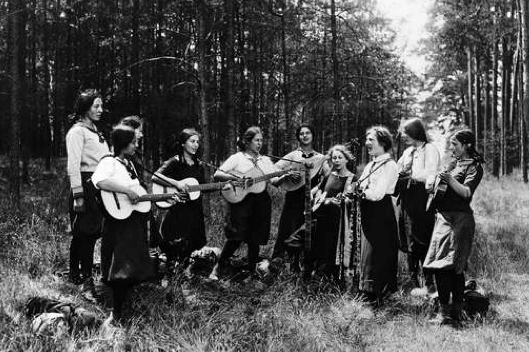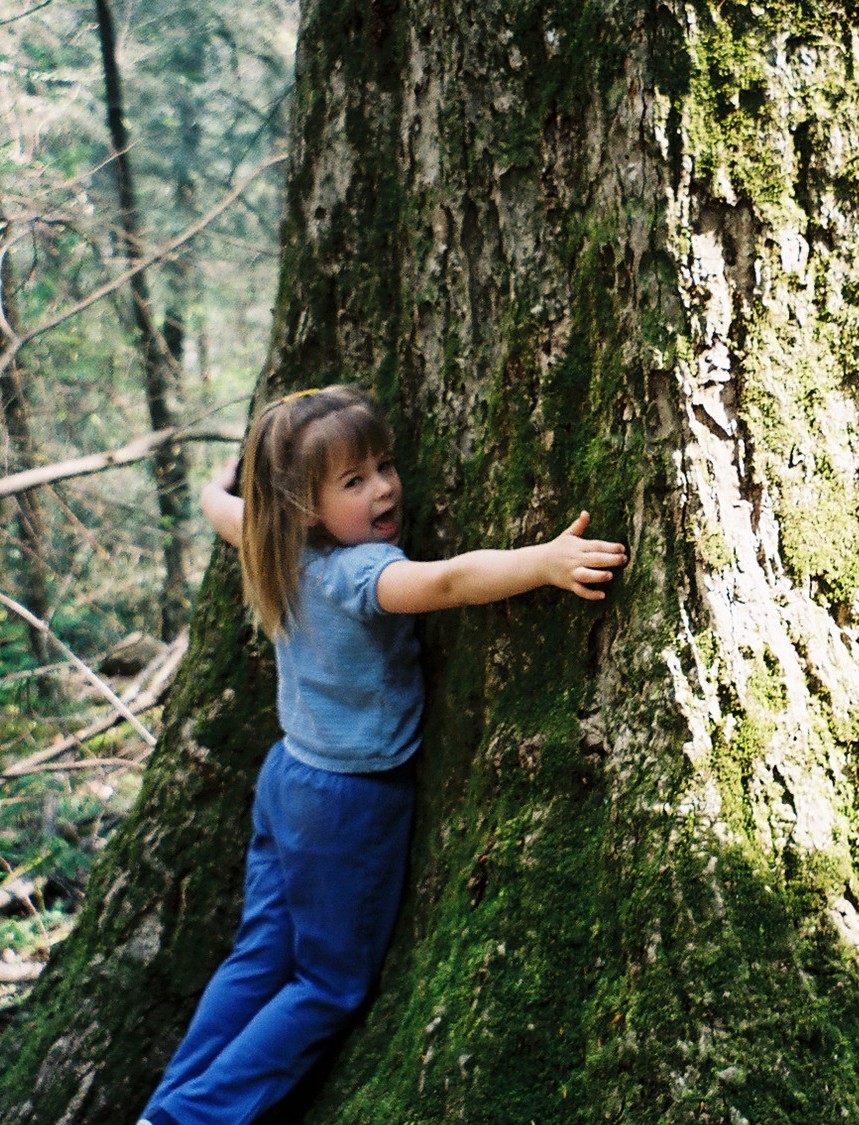This the second post in a six part blog introducing the Lynchburg Parks and Recreation Department’s, “Please Do Hug the Trees” campaign. If you haven’t already done so, make sure to read Part I of The Tree Hugging Hippies Were Right After All before continuing with Part II.
Countercultures Seek a Reconnection to Nature
 For centuries and across many cultures, hippie countercultures have rebelled against attacks on nature, corrupt institutions, imposed cultural agendas and synthetic realities.
For centuries and across many cultures, hippie countercultures have rebelled against attacks on nature, corrupt institutions, imposed cultural agendas and synthetic realities.
The first noted counterculture was the Mazdakist movement located in Persia (now Iran)in the 5th and 6th centuries. But, a 1967 Time Magazine article declared that the hippie movement had its historical roots in the counter culture of Ancient Greeks. Two noted influencers of the Greek Movement were Diogene of Sinope and Cynicism of Crates. Diogene criticized social values and institutions he viewed as corrupt. He publicly mocked Alexander the Great and sabotaged Plato’s public lectures, and then passed his mantle and notions of rejections of material comforts and the virtue of poverty on to Cynicism.
In addition to the Mazdakist and Greek Movements, a German youth counterculture, Der Wandervogel, developed between 1896 and 1908 in reaction to organized social clubs. This movement was influenced by Goethe, Nietzsche and Herman Hesse. Wandervogel rejected the trend toward urbanization and yearned for a back to nature spiritual life. This movement featured camping and hiking.
Hippie Origins
 The lexicon of the word hippie comes from “hip” or “hep” which means “aware” or “in the know”. African language scholar David Dolby also traced the word to West Africa where the word “hipi”, in Wolof , meant to “to open one’s eyes.” This term first appeared in the US in the 1940’s as Jazz slang, just as the hippie subculture began its development.
The lexicon of the word hippie comes from “hip” or “hep” which means “aware” or “in the know”. African language scholar David Dolby also traced the word to West Africa where the word “hipi”, in Wolof , meant to “to open one’s eyes.” This term first appeared in the US in the 1940’s as Jazz slang, just as the hippie subculture began its development.
The hippies were influenced the Bohemians and Eastern religion spirituality, with a fundamental ethos including harmony with nature, communal living, artistic expression, and rejection of war. The “turn on, tune in and drop out” hippie mantra had the nation spellbound from Golden Gate Park to Haight-Ashbury and Woodstock.
What motivated the hippie counterculture? Skepticism regarding government, distrust of authority and anti-war. Sub-groups within the culture also emerged. These included the Nature Boys of Southern California who espoused a back to nature lifestyle, and the Beatnik generation of San Francisco Renaissance who sought a reconnection with nature. The Beatniks ushered in the psychedelic crusade exploring altered states of consciousness.
Hippies and the Trees
 The Bishnois, Polish elders, Native Americans, and the Hippies instinctually glorified trees. On some wave length, they were aware, “in the know”, and with eyes wide open, yet also unwitting of the actual science behind tree hugging. For those who read Part I, the science of tree hugging was espoused by Matthew Silverstone in Blinded by Science and others, which is going to make this a super enlightening blog in Parts III through V.
The Bishnois, Polish elders, Native Americans, and the Hippies instinctually glorified trees. On some wave length, they were aware, “in the know”, and with eyes wide open, yet also unwitting of the actual science behind tree hugging. For those who read Part I, the science of tree hugging was espoused by Matthew Silverstone in Blinded by Science and others, which is going to make this a super enlightening blog in Parts III through V.
Through their senses (human receiver), and in various states of consciousness, the Bishnois, Polish elders, Native Americans, and hippies experienced the trees’ good vibrations. {note to reader: in this last sentence the words were chosen carefully, almost as a thesis statement for the next 3 parts}. Because this intuitive knowing spans many epochs and cultures across human history, one might wonder if this inner knowing or past memory may have been handed down from our Middle Eastern and African ancestors. A possible theory suggesting the vehicle transporting spiritual heredity and memory is stored in DNA is found here and here. Food for thought.
End of Part II: The Tree Hugging Hippies Were Right After All. Stay tuned next week for Part III of this six part series.
